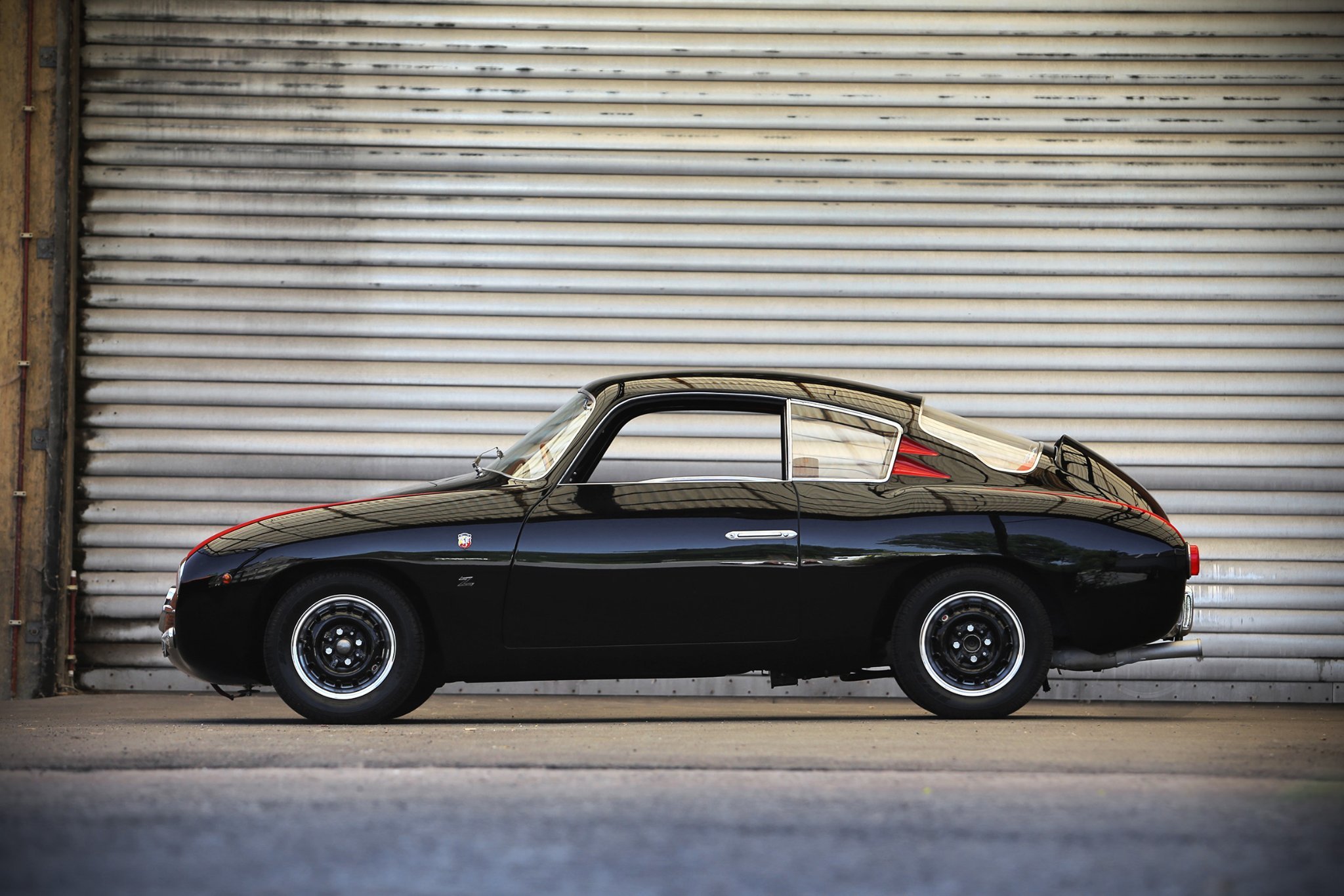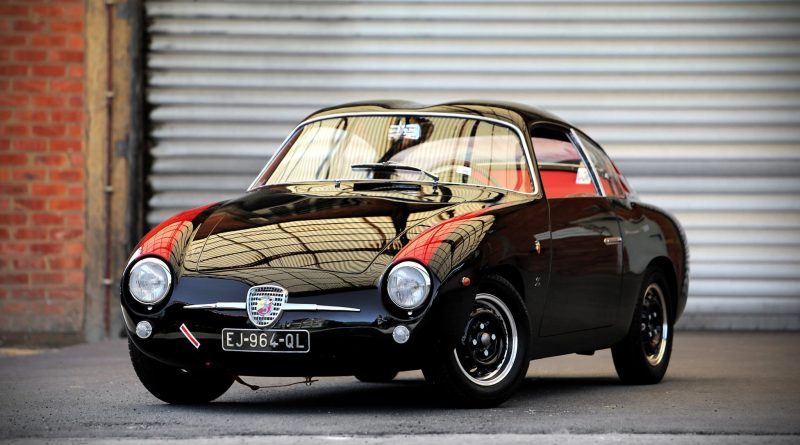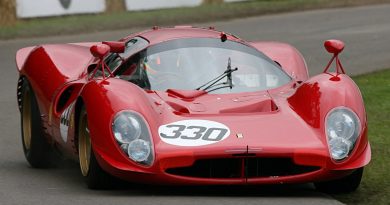1957 Fiat Abarth 750 Zagato
The Fiat-Abarth 750 is a compact sporting series of automobiles manufactured by the Italian manufacturing firm Abarth & C. of Turin, Italy in the 1950s and 1960s. The cars used the floorpan and often the bodywork of the Fiat 600 but were fitted with Abarth’s modified engines. Abarth also offered a number of bodyworks by other designers for the 750 and its derivatives, most famously Zagato but also Allemano and others.

In 1957, Abarth had already built up an extensive reputation as a premier tuner of Fiat engines and was branching out into many classes of motor sport. To compete in the 750cc class of the Grand Touring Championship, Abarth commissioned Zagato to rebody the Fiat 600 into a purposeful racecar.
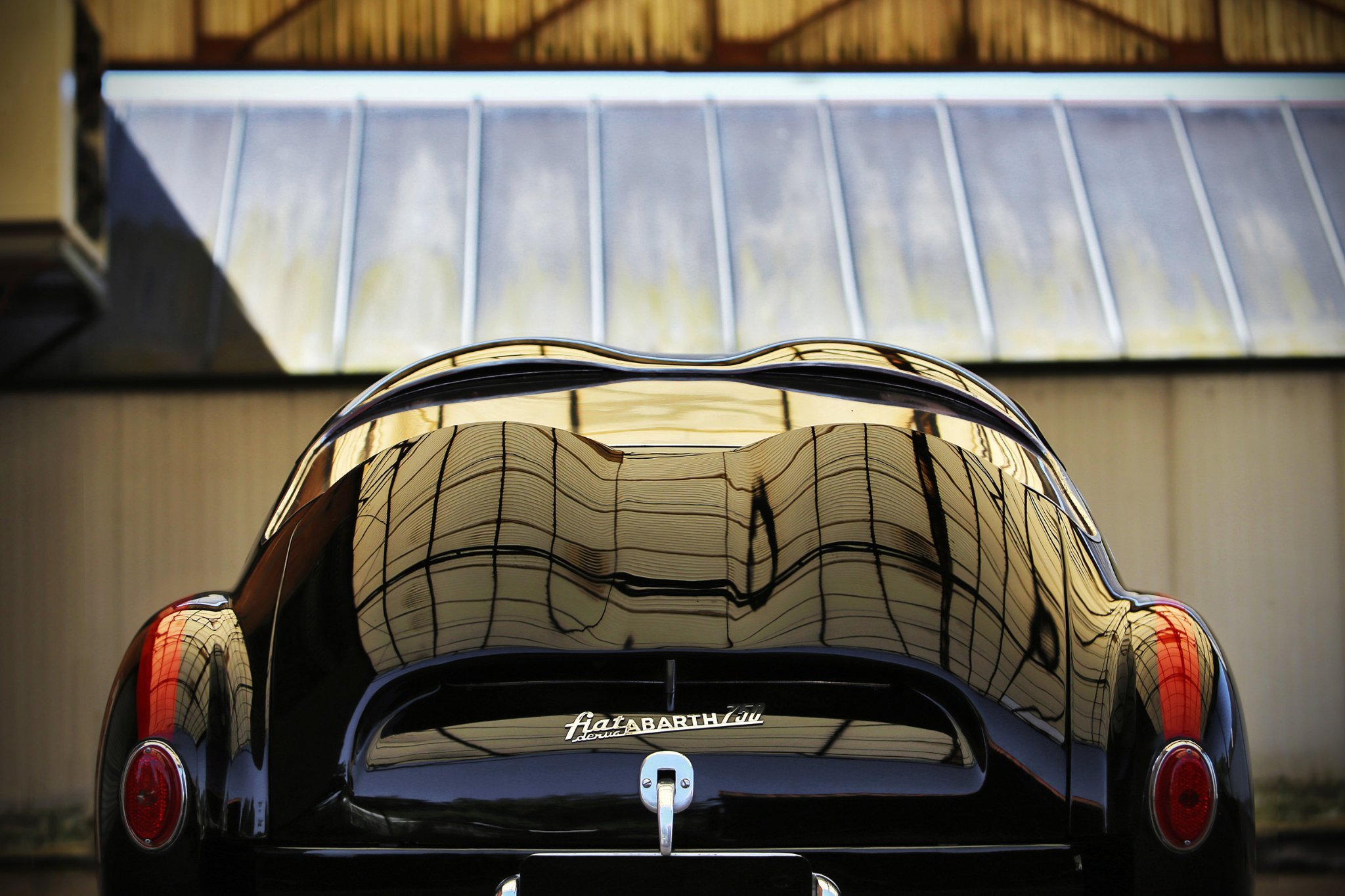
Approximately 20 ‘Double Bubble’ lightweight models were built by Abarth and most were lost over time as racers. It is a light weight model with plexiglass all around instead of glass; a small auxiliary radiator mounted under the car; a Nardi wood racing steering wheel; and a Mille Miglia tuned engine with racing cast aluminum air cleaner. There are no air intakes under the nose, small Marchal headlights, and early small tail lights.
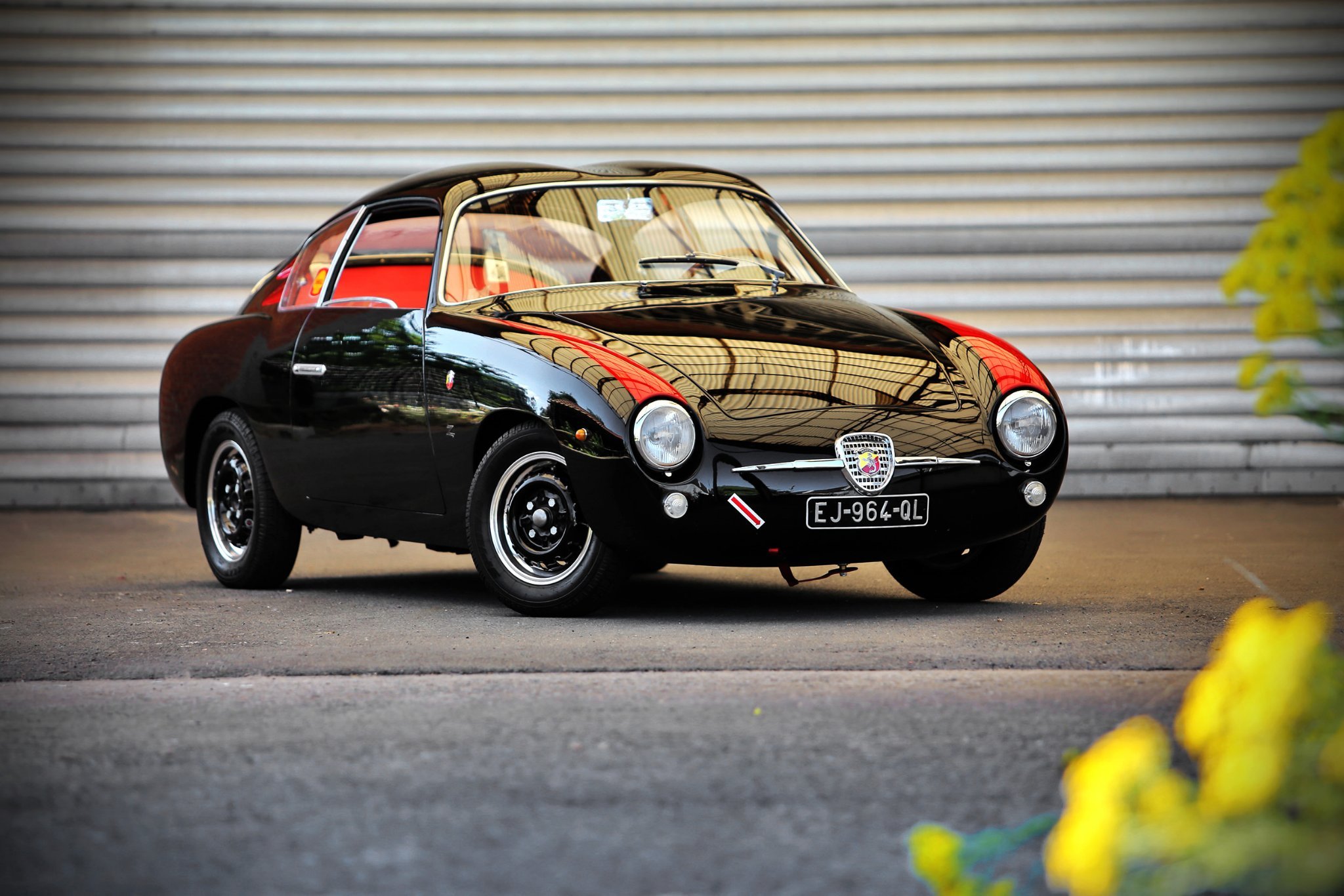
The seats have been redone in leather instead of the original vinyl and carpet installed instead of the Fiat rubber mat.
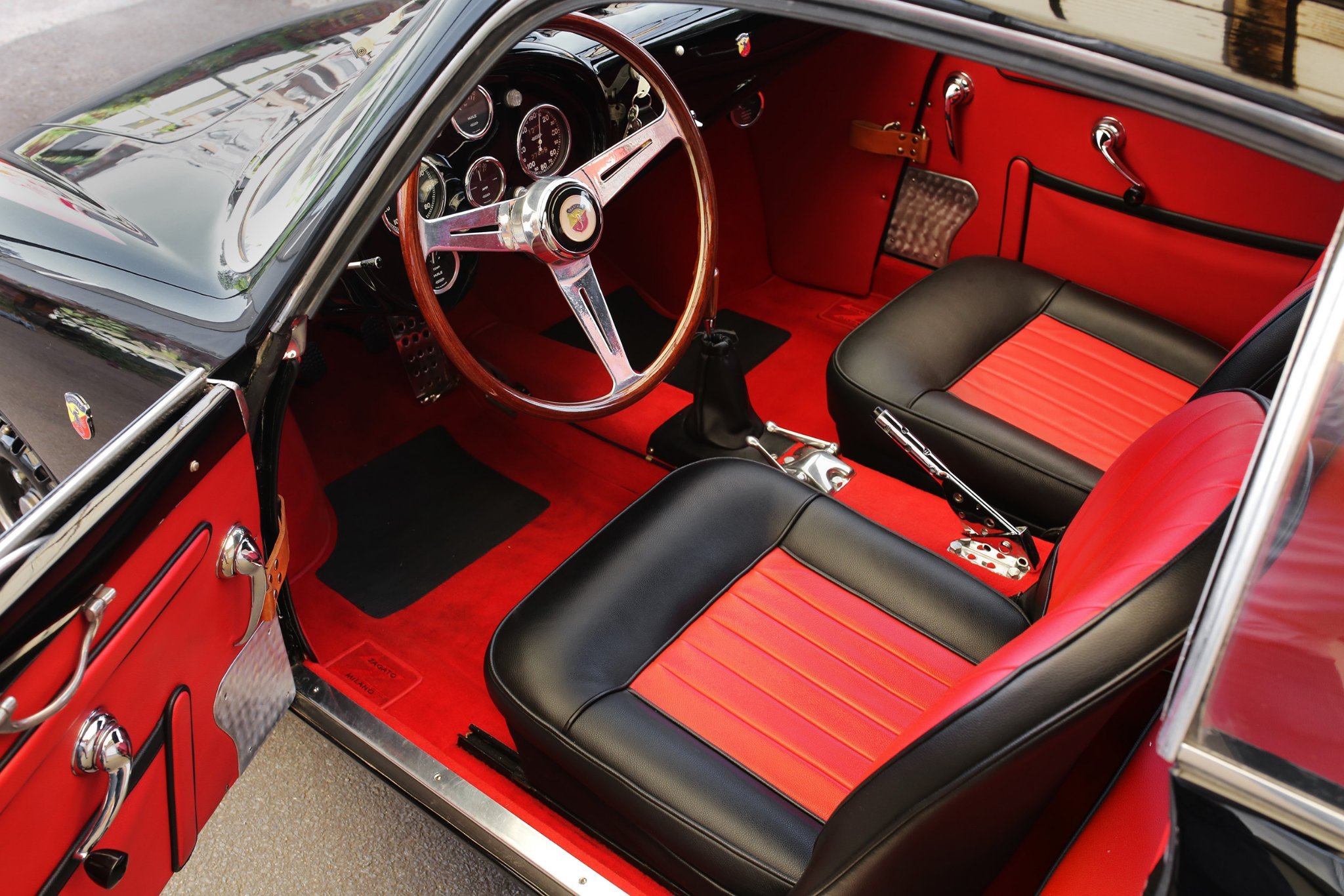
The Abarth 750 Zagato model with various alterations to the bodywork it has the new twin-cam engine with 57 CV (42 kW; 56 hp) at 7000 rpm. The first series constituted 100 cars, enough to homologate the car for the Gran Turismo competition category. The Fiat Abarth 750 Zagato Record Monzas featured a lower roof with no bubbles and one single centered air scoop on the engine lid. “The Record Monza” was the most successful racing Abarth in the USA with the Franklin D. Roosevelt Jr Racing team, (Abarth cars winning over 700 races worldwide), including both Sebring with the 750 cc Bialbero engine and Daytona under-1000 cc races in 1959 widely believed to have had the first 982 cc Bialbero engine.
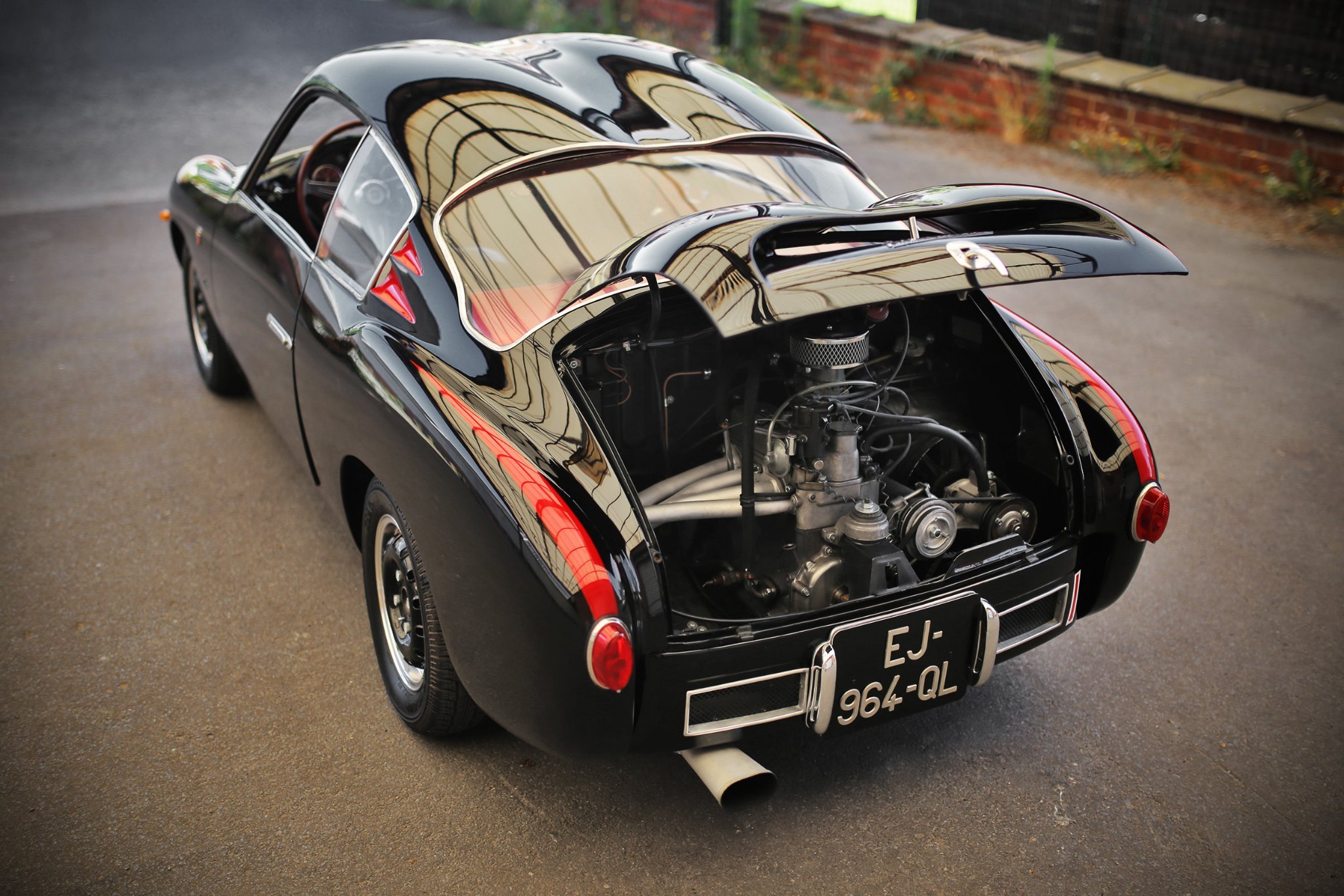
Weekend canyon cruises are great, but one of the most gratifying classic car experiences are the various rallies and point-to-point endurance races that take place on public roads. While ’60s muscle is ideal for long stretches of highway routes, our favorites are the buzzy little European coupes that were purpose built for running races on old farm roads.
